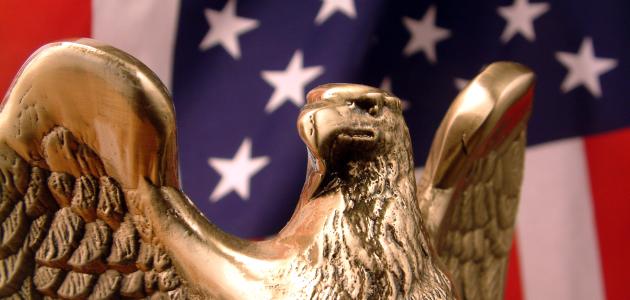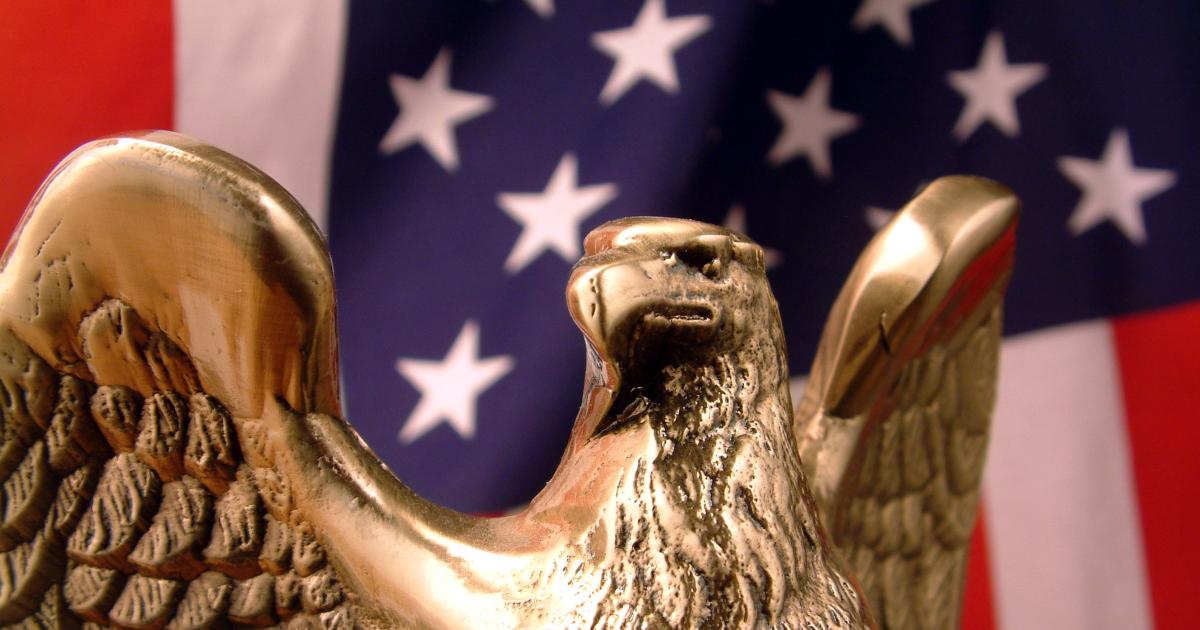It’s that time of year when summer fades and school reopens. Before we leave the summer, however, we should acknowledge that never have we seen so much debate and discussion about the teaching of civics and US history than in the past several months.
A civics “roadmap,” funded by the National Endowment for the Humanities and developed by three hundred scholars and practitioners, has been released. This document seeks to foster both improvement in civic education and the use of civics to bridge some of America’s deep divisions. Meanwhile, in Washington, DC, a $1 billion “Civics Secures Democracy Act” was introduced with bipartisan support. To counter the “1619 Project” (which seeks to focus on the arrival of African slaves as America’s true founding), a competing “1776 Curriculum” was developed. The Fordham Institute recently published a 370-page report grading all the states in civics and history education; the results were not pretty.
Plenty of noise, and some action, have filled state legislatures on the subject of US history and civics. Bills banning the teaching of certain topics, especially critical race theory, have been introduced in twenty-six states and enacted in eleven of them. Perhaps it is not surprising in these hyperpartisan times that civics and history would become highly politicized.
As we look across this lively civic education landscape, I note two kinds of efforts that seem to be under way: the planting of seeds and the abatement of weeds. I would argue that we need a lot more seed planting—improving and deepening civics education—and less time and energy spent on the admittedly important, but less vital, work of weed pulling.
Planting Seeds
The need for more robust and effective civic education has become apparent to nearly everyone by now. National test results show that only 24 percent of eighth-graders (the only level at which such tests are now administered) are proficient or better in civics and government and an anemic 15 percent in US history. Americans, especially the young, are unable to answer fundamental questions about our government and how it works. They do not know any of the rights guaranteed by the First Amendment and could not pass the civics test of the citizenship process. Many think Judge Judy is on the Supreme Court.
Last year I published a study, Commonsense Solutions to Our Civics Crisis, for the Orrin G. Hatch Foundation on the poor state of civic education and what should to be done to improve it. The two most important actions recommended were requiring more time on the study of civics in our schools, including primary and middle school as well as high school, and better teacher training. The former has become a major problem as standardized testing in reading and math and STEM (science, technology, engineering, and math) education have overtaken the curriculum, pushing civics to the side.
As we look at the civics landscape, then, we can take encouragement from seeds being planted along those lines. Rhode Island, for example, long one of the states that required no civic education, has added a course requirement. New Jersey has added a new course requirement for civics in middle school. Since we need to start teaching civics in elementary and middle school, and building a layer cake of knowledge, this is a promising step. The governor of Tennessee has awarded a civics seal to schools and districts doing a great job of teaching history and civics. Florida, long a leader in civic education, has begun requiring the teaching of history and civics through primary documents, which is a best practice.
We celebrate the planting of these seeds and hope for much, much more. The gold standard is a requirement of some civics in the primary and middle school grades, culminating with a one-year (not just a one-semester) course in high school. A standardized civics test at the end of the course or as a graduation requirement has also been shown to improve civic learning. As we increase the civics curriculum, we must do more teacher training, especially in the use of primary documents, which replace boring and often biased textbooks with improved learning.
Pulling Weeds
The twentieth-century writer Thomas Mann could have been commenting on our day when he said, “Everything is politics.” Howard Zinn was among the first to politicize history and civics education with his textbook, A People’s History of the United States, first published in 1980. Zinn’s book attacks everyone from Christopher Columbus to the American founders for their selfish motives in overrunning indigenous and poor people. His attack on the American story continues throughout his history, writing, as he said, on the side of the oppressed. Initially used as a supplemental text or alternative narrative, Zinn’s book became widely used in high school and college classes.
In more recent times, the “1619 Project,” published by the New York Times, raised political and economic questions about the founding of America, seeking to push back the founding from 1776 to 1619, when the first slaves arrived on the continent. According to this account, the economics of slavery were the founding reality, not the American Revolution or its constitution. Now, critical race theory argues that the whole American system is racist and education must take that into account. The tug of war between progressives, who advocate these changes in the teaching of history and civics, and conservatives, who seek to preserve the teaching of American excellence and exceptionalism, is now playing out in our children’s education.
Specifically, most state legislatures have been considering bills to ban the teaching of critical race theory and companion ideas about racism. This has begun to resemble the old arcade game of Whac-A-Mole, in which rodents pop up and the player seeks to beat them back down, one by one. When a liberal idea for teaching civics and history pops up, conservative lawmakers seek to beat it down with bills withholding funding if these theories are taught in schools. Without question, there are some noxious weeds in the civics and history garden, but the question arises whether passing bills banning the teaching of this or that is the best response. For one thing, it further politicizes the teaching of history and civics and sets a precedent for further such wars. For another, it consumes state legislatures, which should be giving attention instead to increasing civics course requirements and teacher training.
It has long been understood that an important and more sustainable approach to weed management is to develop and grow crops that can compete successfully in the garden. If we began building civic knowledge in the primary school years, students would develop greater judgment and stronger resistance to bad ideas later. If we taught history and civics using primary documents—not only the Constitution, Declaration, etc., but speeches and debates of the time—we could prepare students to reach their own conclusions, not those of textbooks or even teachers. The Ashbrook Center in Ohio does a fabulous job of training thousands of teachers in this method.
Professor Alexander Astin of UCLA has long argued that what educators need to do to improve our democracy is to help students develop a “crap detector.” That is to say, there will always be weeds in the garden, especially in a country devoted to the free flow of speech and ideas. Education, then, needs to help students develop detectors and resist bad ideas on their own, not simply be protected from them. Such protective approaches are akin to the problem of “lawnmower parents” who seek to protect their kids by removing every obstacle or problem in their path. Unfortunately, then, we develop children who lack judgment and resilience. As we sometimes say of the First Amendment, rather than prohibit bad speech we do not like, we need to overcome bad speech with good.
I am not saying we should not resist the spending of public money on these unfortunate theories and false narratives. What I am saying is that politics and law are not necessarily the best way to accomplish our goals. The all-or-nothing arguments of “1619” or critical race theory being attacked by an all-or-nothing ban teaches students the wrong lesson. Most ideas are not all or nothing. Students need to see and deal with the gray areas as well.
Dig In
Planting seeds of improved civics and history education is a high priority and must be encouraged at all levels. As President Reagan said in his farewell address, we need parents at the dinner table talking to their kids about America, helping them develop into “informed patriots.” We need primary and middle schools teaching civics as well as history, followed by a yearlong civics course in high school and perhaps standardized testing as well. This is job one if we want to reverse the civic education decline we have seen over the past fifty years.
Unfortunately, at the moment, the weed pulling is getting more attention than seed planting. What we see are adults (scholars and politicians, largely) playing out their political wars on the battlefield of their children’s education. In the garden of life, and of education, seed planting will make a greater long-term impact than weed pulling.
















